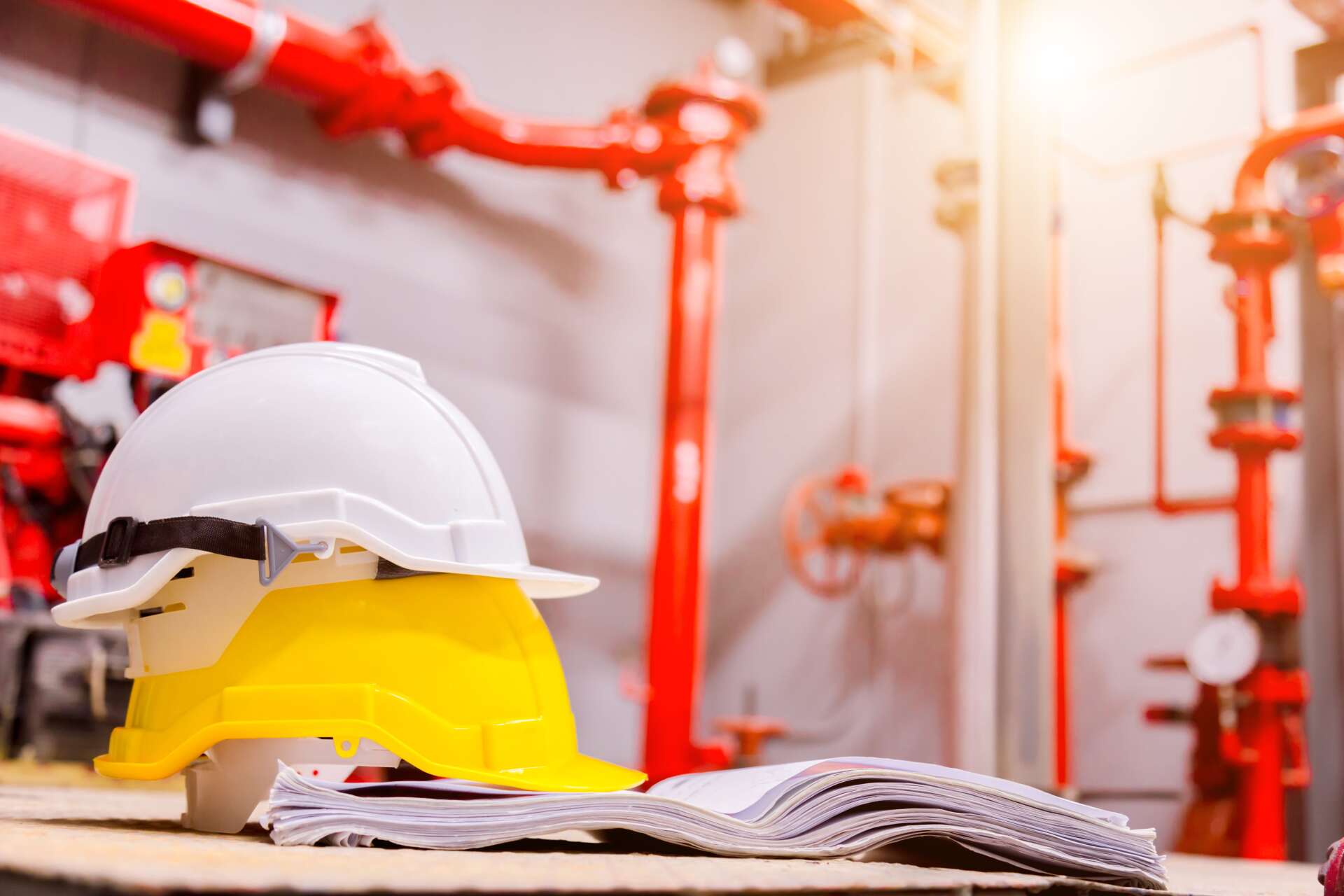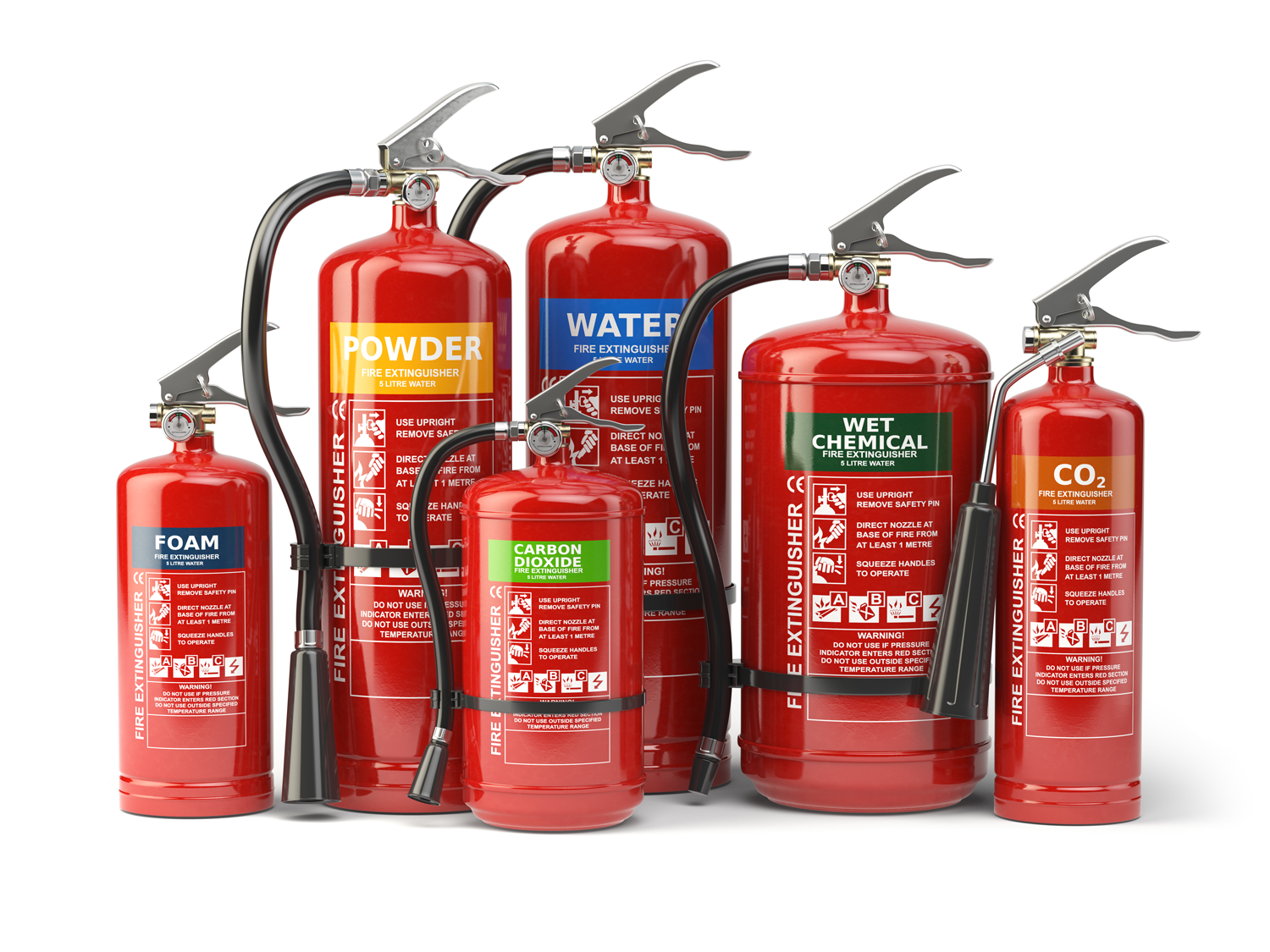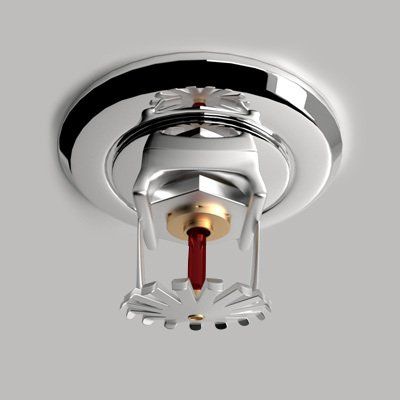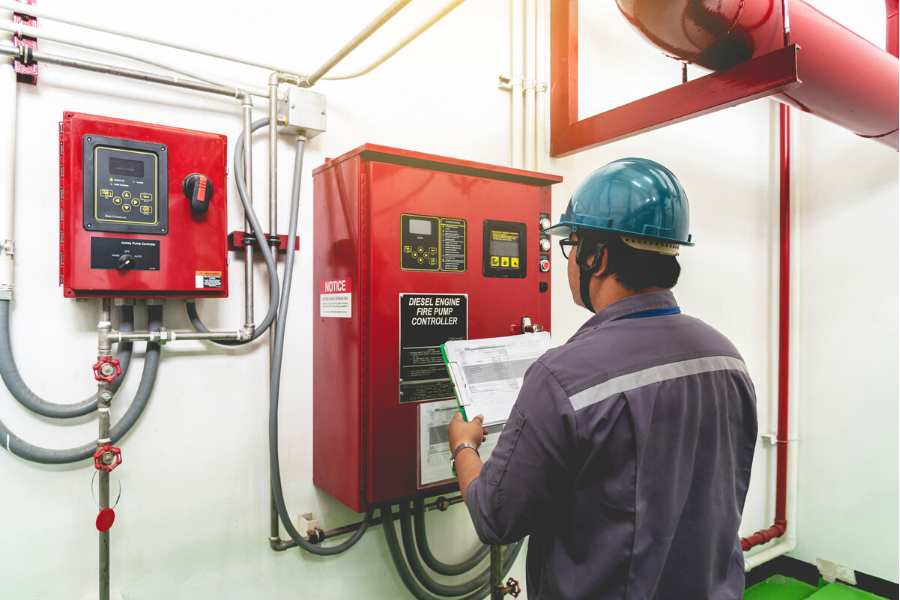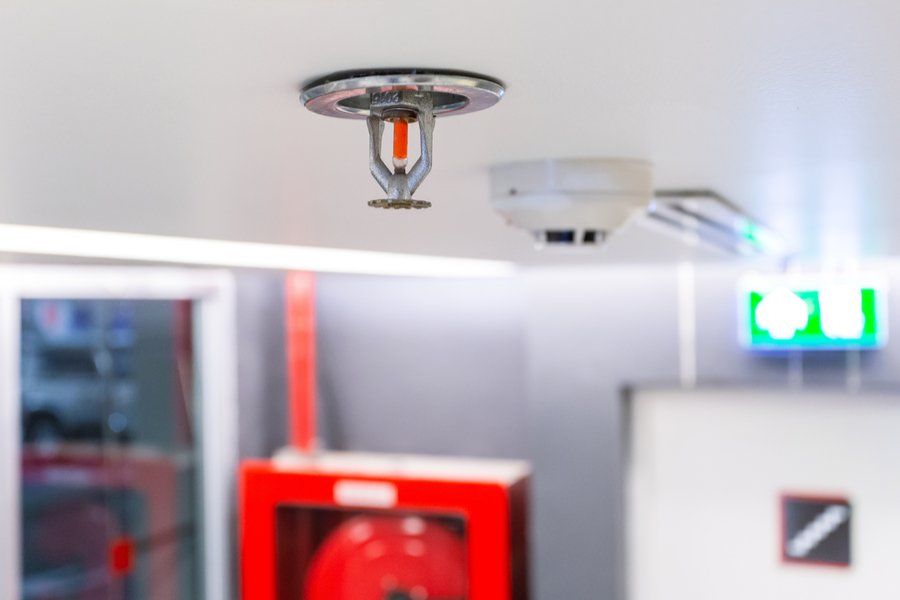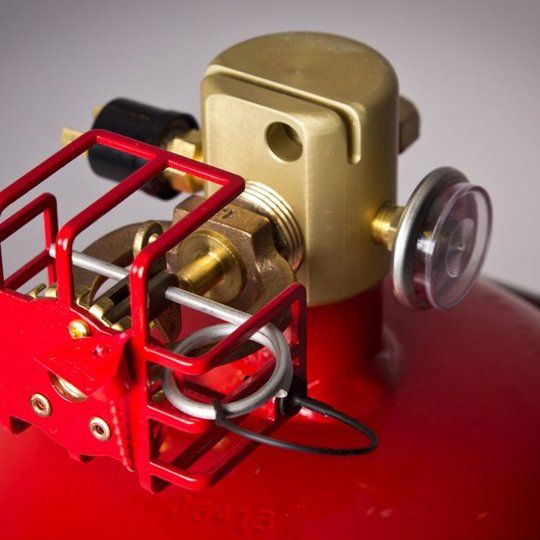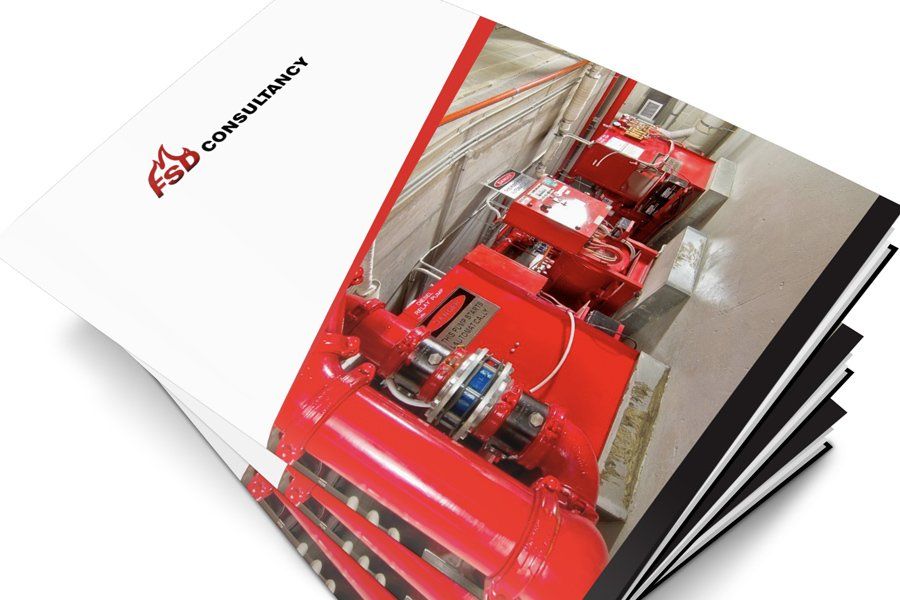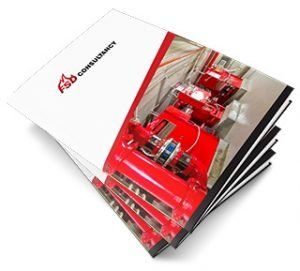Why you need a Competent Fire Safety Practitioner
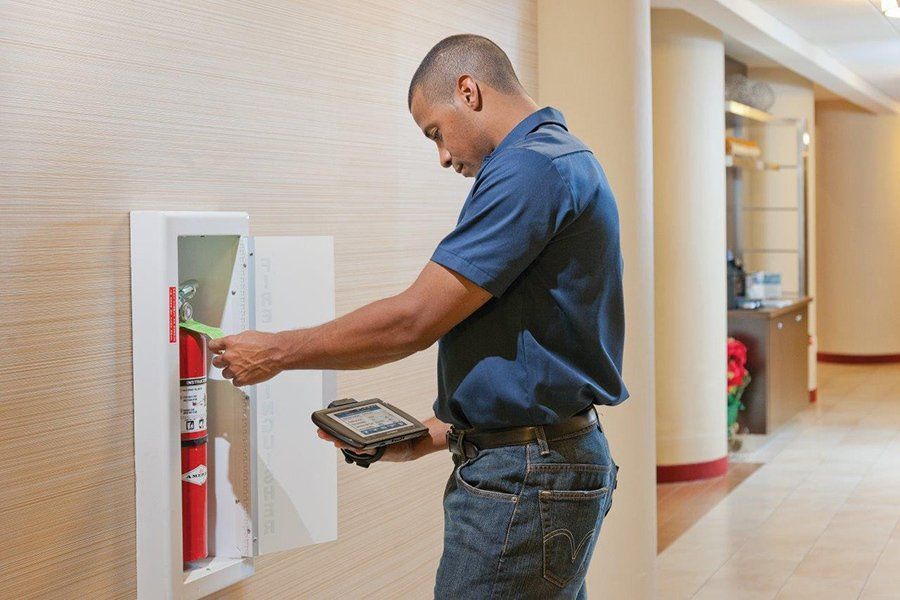
In 2017 competent fire safety practitioners are extremely important as a result of the recent reforms. In the wake of such tragedies as the Bankstown apartment fire (2012) and the pursuing Coronial Inquest, Melbourne’s Lacrosse Tower fire (2014), London’s Grenfell Tower fire (2017) and more importantly as a direct result of the Michael Lambert’s Report, the New South Wales Government is responding by implementing reforms to the Environmental Planning and Assessment Act Amendment (Fire Safety and Building Certification) Regulation 2017.
Why you need a Competent Fire Safety Practitioner
This EPA Act Amendment will boost safety in building standards and create a template that other states and territories will be able to follow in updating their own regulations. These reforms include developing a method for recognising industry accreditation schemes for competent fire safety practitioners, making sure unqualified and unsafe practices and non-compliant products are no longer available to building owners and building managers and toughening up the Australian Building Codes in regards to fire safety. For example, Final Fire Safety Certificates and Annual Fire Safety Statements, must now only be completed by an Accredited “Competent Fire Safety Practitioner”
These reforms extend to governmental buildings as well as residential buildings. If you are a building owner, building manager or even simply a tenant, it is a good idea to find out about the new regulations and what they will mean for you.
Why These Reforms Are Necessary
On June 14, 2017 a fire tore through the 24-story Grenfell Tower, a residential high rise building in London. Dozens of people were killed and many more were injured. Little more than two years earlier a similar fire raced up the side of Lacrosse Tower in Melbourne. A cigarette on an eighth floor balcony sparked a fire that raced up to the 21st floor in a matter of minutes. 400 residents were safely evacuated and there were, luckily no casualties. The reason identified behind the quick spread of both fires is a particular type of composite cladding known to be flammable. Today, some 200 apartments in Lacrosse Tower are known to be occupied. A Competent Fire Safety Practitioner could have stopped this from happening.
Some reports suggest that many residential tower blocks built in the greater Melbourne Area in the last 20 years may have used similar cladding. The reforms were developed as a way to deal with unsafe building practices re Fire Safety and to ensure public safety and, hopefully, prevent any possible future disasters.
What Exactly Do The Reforms Cover?
The proposed reforms are detailed in a 10 point plan. According to Matt McKean, the Minister for Better Regulation, one of the purposes of the plan is to prevent unsafe products from getting into the hands of consumers and preventing products from being used in an unsafe way. The full 10 point plan as detailed by McKean includes the following:
- A comprehensive building product safety scheme that would prevent the use of dangerous products on buildings.
- Identifying buildings that might have aluminum or other cladding.
- Writing to the building managers or owners of those identified buildings, encouraging them to inspect the cladding and installation of that cladding.
- New South Wales Fire and Rescue will visit buildings on the list as part of a fire safety education program. This will allow them to gather information in preparation of any potential fire and provide information to building owners.
- Creating a new fire safety declaration that will require residential high rise buildings to inform state and local governments as well as NSW Fire and Rescue if their building has cladding on it.
- Expediting reforms to toughen up the regulation of building certifiers.
- Reforms to create an industry based accreditation that will ensure only experienced and skilled people can do fire safety inspections.
- Establishing a whole government task force that will coordinate and roll out the reforms
- Instructing all government departments to inspect their buildings which have aluminum cladding with a special focus on social housing.
- Writing to local councils to follow up on correspondence they received.
The Roll of the Competent Fire Safety Practitioner
The competent fire safety practitioner is a new term created in the Environmental Planning and Assessment Act Amendment. In many cases it will replace the previously used term, “properly qualified person.” The term “properly qualified person” was never defined. Instead, it carried an implication that a person must hold a qualification in order to conduct specific tasks. One part of the reform is to develop a method of accreditation to ensure that individuals are qualified to conduct tasks such as regular fire safety assessments and inspections. According to EP&A requirements a compentent fire safety practitioner will be responsible for tasks such as:
- Endorsing plans and specifications for relevant fire safety systems
- Endorsing fire safety alternative solution reports
- Endorsing exemptions to the current Building Code of Australia for minor works to existing relevant fire safety systems
- Undertaking the annual fire safety statement assessments of buildings
How To Become A Competent Fire Safety Practitioner
Due to the reforms in New South Wales, anyone engaging in design work for fire safety systems or preparing annual fire safety statements is required to be recognized as a competent fire safety practitioner. In order to receive this designation, it is necessary to be accredited through an approved industry organization as determined by the Department of Finance, Services and Innovation. Currently the Fire Protection Association Australia offers accreditation classes in Fire System Design, Fire System Certification and Fire Safety Assessor.
Why You Need a Competent Fire Safety Practitioner
In the wake of previous tragedies and to prevent future tragedies a set of reforms is necessary. Having individuals who meet a standard set of qualifications to uphold these reforms ensures that the standard will be met. Making accreditation necessary for qualification ensures that these individuals meet the necessary standard.
If you are planning to build a residential tower block, it is ideal to include a qualified fire safety assessor in the planning process to ensure that your building will adhere to the latest reforms for fire safety. If you already have a building in New South Wales, then having a competent fire safety practitioner will help you determine how to make your building compliant. They can also perform the regular assessment to remain in compliance and to keep the occupants of your building safe.
New South Wales’ reforms to building standards are a necessary and important step in ensuring public safety. Developing an accreditation system for individuals to perform the routine assessments and assist in developing fire safety systems ensures that a standard for public safety is set and maintained.
We have Competent Fire Safety Practitioners
At Fire System Design we have fully trained Competent Fire Safety Practitioners who have years of experience. Our Team are waiting for your call, we have a range of Fire Services to service your needs so lets start the process today and ensure your safety!
News & Media
Our Services
- Final Fire Safety Certification
- Annual Fire Safety Statements
- Fire Engineering
- Fire Protection System Compliance Auditing
- I&T Maintenance Works Auditing
- Third Party Independent Certification
- Fire Order Review and Rectification
- Project Management of Fire Protection System Works
- Sprinkler & Hydrant Block Plans & Detection Zone Plans
- Evacuation Management Strategy, Plans and Training
- Fire Warden Training
- BCA Compliance Consultation
ENQUIRIES
Fill in the form below and one of our staff members will make contact
We will get back to you as soon as possible.
Please try again later.
About
Competent Fire Safety Practitioners, FSD Consultancy service the Fire Safety needs of Sydney, Regional NSWs and the ACT.
Office Hours: 8am – 5pm
Contact
Fire System Design and Certification Pty Ltd
Unit 1
1 Anderson Street
Banksmeadow, NSW, 2019
ABN 95 609 766 216

